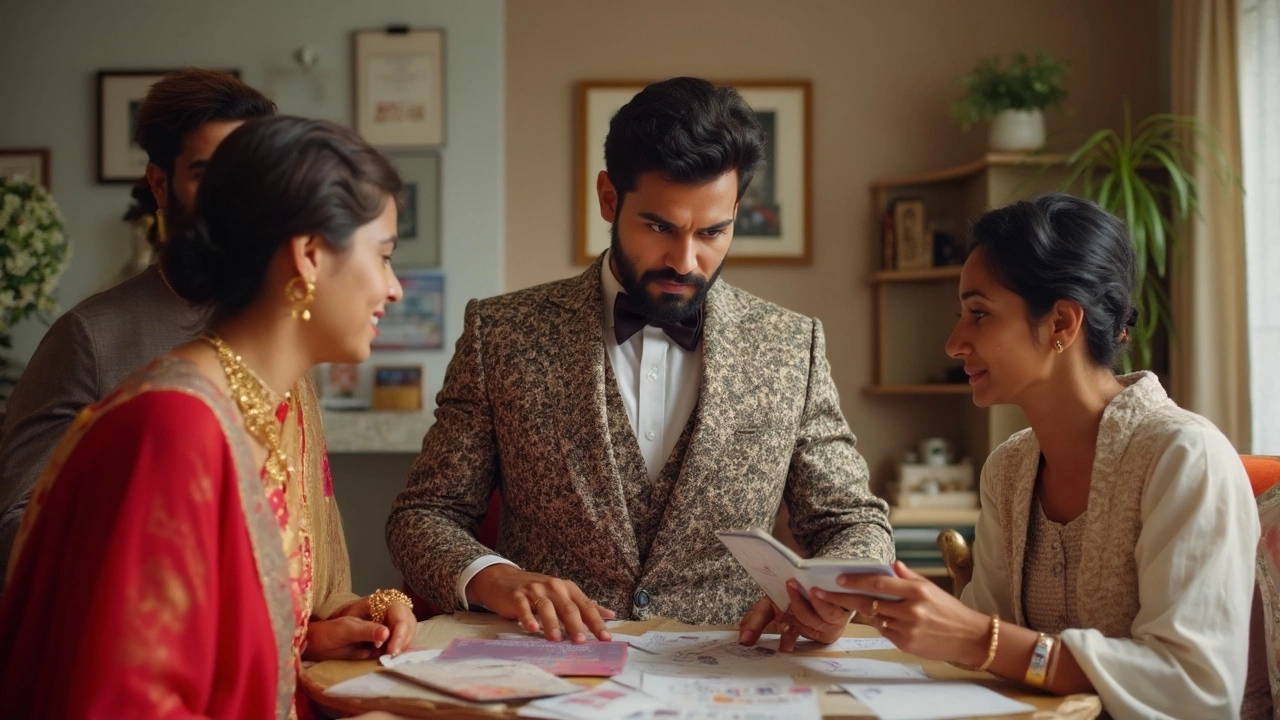Suit Fitting: How to Nail the Perfect Look
When working with Suit Fitting, the process of adjusting a jacket and trousers so they sit perfectly on your body. Also known as custom tailoring, it brings together comfort, style, and confidence.
A skilled Tailor, a professional who cuts and sews garments to match a client’s shape takes your Measurements, precise body dimensions recorded with a tape measure and performs necessary Alterations, small adjustments that refine the fit of a suit. This trio—tailor, measurements, alterations—forms the backbone of a successful suit fitting.
Why Suit Fitting Matters More Than the Fabric
Even a high‑end fabric looks sloppy if it hangs wrong. Proper fit affects how you move, how you breathe, and how sharp you appear in photos. Think of a suit as a second skin; it should follow your shoulders, taper at the waist, and let the trousers break just enough at the shoe. When the fit clicks, you feel relaxed and every compliment feels earned.
Most first‑time grooms or professionals underestimate the power of tailoring. They often rely on off‑the‑rack sizes, assuming the label will do the job. In reality, small tweaks like shortening sleeves by half an inch or taking in the chest can shift a look from decent to dashing. A good tailor knows which adjustments are cosmetic and which are structural, saving you time and money.
One common mistake is skipping the pre‑fit consultation. During this meeting, the tailor reviews your posture, your usual shirt style, and any personal preferences—like pocket placement or vent style. Skipping it means you miss the chance to customize the suit to your lifestyle, whether you’re a desk‑bound executive or a dancing enthusiast.
Another pitfall is ignoring the fabric’s shrinkage. Wool, for example, can shrink up to 2% after the first wash. Your tailor will account for that when cutting the pieces, but you still need to follow care instructions to keep the fit intact. Asking about fabric behavior is a quick way to avoid a post‑wedding surprise.
When you walk into the fitting room, the first thing to check is how the jacket squares off at the shoulders. The seam should sit flat on the edge of your shoulder bone without spilling over. If it does, no amount of cuff adjustment will fix the look. From there, look at the lapel roll—too tight makes it look stiff, too loose makes it droop.
For trousers, focus on the rise and the break. The rise should match your natural waist or the style you prefer, and the break should be just enough to skim the top of your shoe. Too much break creates a puddle of fabric; too little looks unfinished. A quick test is to sit down; the trousers should stay smooth and not pull.
Don’t forget the little details: button stance, cuff width, and stitch count. These elements signal quality to anyone who notices. A well‑placed button can hide a minor fit issue, while a mismatched cuff can draw unwanted attention. Your tailor will fine‑tune these based on your body shape and the suit’s cut.
Finally, trust the process. A good fit often requires two or three rounds of adjustments. It’s tempting to settle after the first try, but a final polish can make the difference between “nice” and “show‑stopping.” Keep communication open, note any discomfort, and let the tailor work their magic.
Ready to dive deeper? Below you’ll find articles that break down budgeting for a wedding, choosing the right colors, and even how to look slimmer in a suit. These pieces complement the suit fitting fundamentals you just learned, giving you a full toolkit for the big day.
Knowing when to get a groom suit can take a lot of stress out of wedding planning. This article breaks down the ideal timeline, why it matters, common mistakes, and how to handle last-minute issues. Expect real tips and a few things most guys forget until it's too late.
